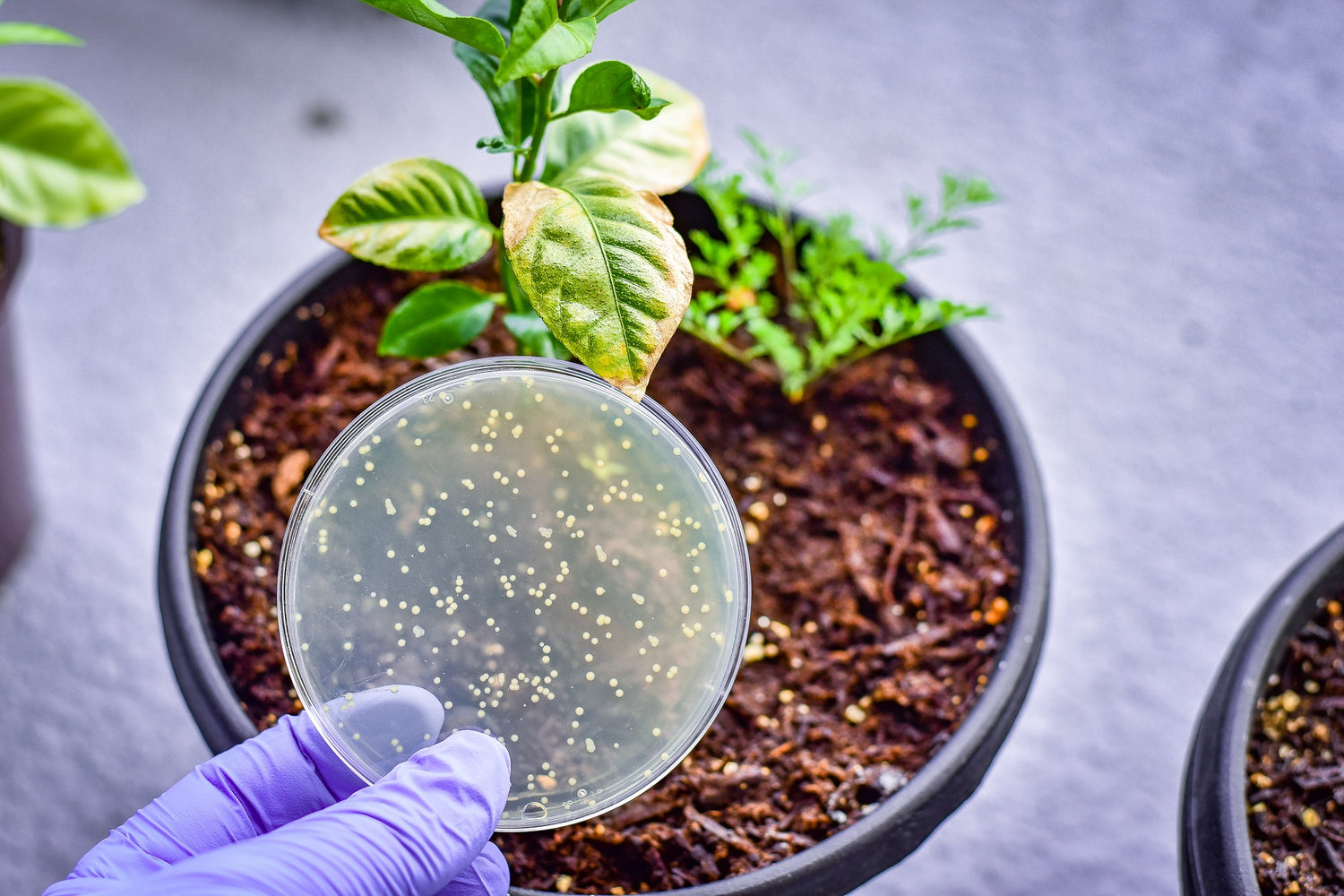One of the often discussed issues related to modern industrialised agriculture is the increased use of agrichemicals. Modern agri-chemicals have to deal with the local pests, weeds and diseases that have existed for hundreds of years along with the new invasive species. And so, they are laden with chemicals that are not found in nature. Once they have been sprayed, it does not disappear completely. Some of it mixes with the water and seeps into the ground. The rest of is absorbed by the plant itself. As a result, the local streams that are supplied water from the ground can become contaminated, as do the animals that eat these crops and plants.The soil and specifically soil microbes have the ability to remediate chemicals in soils so this experiment looks at how much remediation ability is available in soils treated in EM.
 Experimental method
Experimental method
Komatsuna was cultivated in a pot and sprayed with EM, dichlorvos pesticide (DDVP), ethyl para nitro pesticide (EPN) once a week, residual agricultural chemicals in crops were measured in the soil, and control. The below table and graphs show the impact EM had on remediating the spray in the soil and reducing its uptake to the plant.



Discussion
The use of EM alongside the two pesticides significantly reduced the presence of the chemical in the soil and its uptake to the crop. From the above results, it is inferred that the use of EM considerably reduces the risk of residual pesticides in soil and crops.





